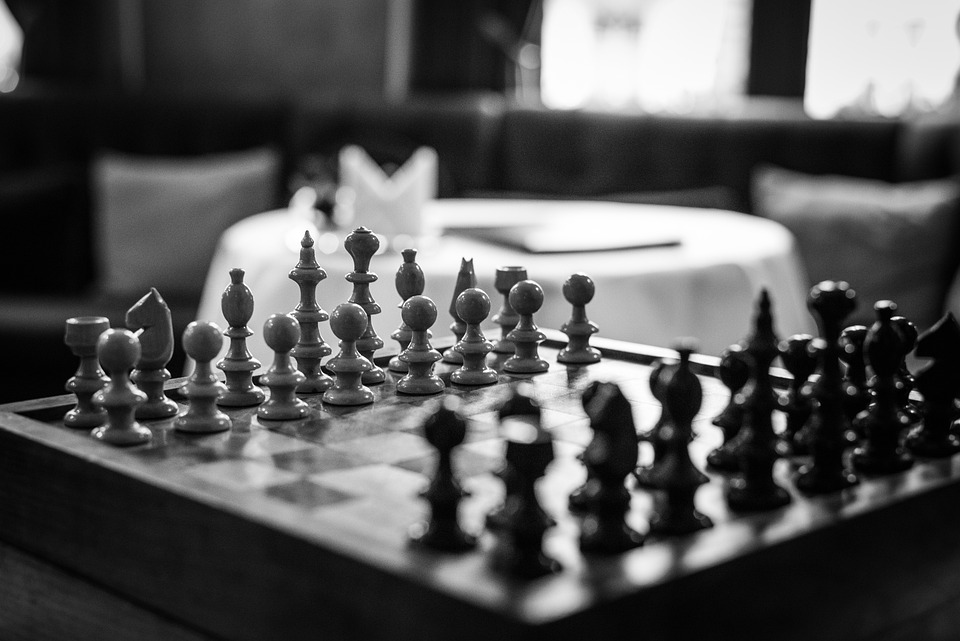The Guinness World Records
Since its inception in 1955, the Guinness World Records has become the ultimate authority on record-breaking achievements. From the tallest structure to the longest fingernails, there seems to be a world record for just about everything. But what exactly goes into setting and breaking these impressive records? Let’s take a look at the science behind it.
Setting a Guinness World Record
Research and Planning
Before attempting to break a world record, it’s crucial to thoroughly research the current record and understand the rules and guidelines set by Guinness World Records. This includes determining the criteria for the record, ensuring that the attempt will be verifiable and properly documented, and obtaining any necessary permits or permissions.
Training and Preparation
Many world records require extensive training and preparation in order to achieve success. Whether it’s endurance, strength, speed, or skill, individuals must dedicate significant time and effort to ensuring they are physically and mentally prepared for the challenge ahead.
Equipment and Technology
In some cases, setting a world record may require specialized equipment or technology. This could include everything from state-of-the-art sports gear to advanced measuring devices. It’s important to ensure that all equipment meets the standards set by Guinness World Records and is properly calibrated for accuracy.
Time and Patience
Setting a world record is not something that can be rushed. It often requires months, or even years, of training and preparation. Patience is key, as progress may be slow and setbacks are common. Maintaining a positive attitude and staying motivated throughout the process is essential.
Breaking a Guinness World Record
Identifying a Record to Beat
Before attempting to break a world record, individuals must carefully select a record that is within their capabilities. It’s important to consider factors such as personal strengths, skills, and interests when choosing a record to beat. Additionally, selecting a record that has not been broken in a long time may increase the likelihood of success.
Strategy and Execution
In order to break a world record, a solid strategy is essential. This may involve breaking the attempt down into smaller, manageable goals, identifying potential obstacles, and determining the best course of action. It’s crucial to stick to the plan and remain focused throughout the attempt.
Performance and Precision
When attempting to break a world record, precision is key. Every movement, every breath, and every second counts. Individuals must strive for flawless execution and peak performance in order to achieve success. This requires mental focus, physical endurance, and unwavering determination.
Documentation and Verification
After the attempt is complete, it’s essential to document and verify the record-breaking achievement. This may involve submitting video footage, witness statements, and other evidence to Guinness World Records for review. It’s important to ensure that all documentation is accurate, thorough, and meets the necessary requirements.
The Impact of Science on World Records
Advancements in Technology
Advancements in technology have had a significant impact on the world of record-breaking. From high-speed cameras and GPS tracking devices to virtual reality simulations and biomechanical analysis, technology plays a crucial role in helping individuals push the boundaries of what is possible. These tools provide valuable data, feedback, and insights that can help athletes and enthusiasts improve their performance and set new records.
Understanding Human Potential
Science has also helped us better understand the limits of human potential. Through research in fields such as sports science, physiology, and psychology, we have gained valuable insights into the factors that influence athletic performance. This knowledge has enabled individuals to optimize their training, nutrition, recovery, and mindset in order to achieve peak performance and break world records.
Promoting Innovation and Creativity
Setting and breaking world records often requires a high level of creativity and innovation. Individuals must think outside the box, experiment with new techniques, and push the boundaries of traditional practices. Science has played a key role in promoting creativity by providing a framework for experimentation, problem-solving, and discovery. By combining scientific principles with ingenuity and imagination, individuals can achieve remarkable feats and inspire others to do the same.
Conclusion
In conclusion, setting and breaking Guinness World Records is a challenging and rewarding endeavor that relies on a combination of research, planning, training, and execution. Science plays a crucial role in helping individuals achieve their record-breaking goals by providing valuable insights, tools, and techniques. By harnessing the power of science and pushing the boundaries of what is possible, individuals can continue to amaze and inspire the world with their incredible achievements.
